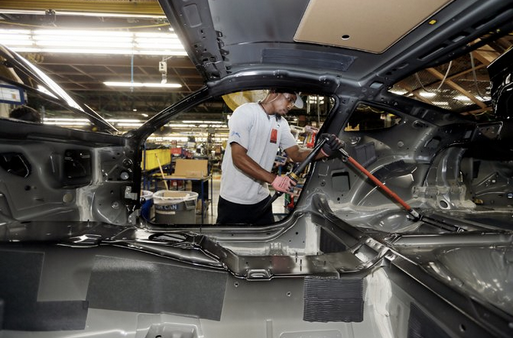His policies will get their initial test with an auto industry that was was brought to its knees by the recession eight years ago and required an $80 billion taxpayer bailout, including the government-sponsored bankruptcies of General Motors and Chrysler.
But now the industry is coming off two straight years of record sales in the United States, and automakers are flush with profits.
By acceding to the automakers’ plea for regulatory relief, Mr. Trump is challenging them to funnel more resources into their American manufacturing operations. “We believe an ‘art of the deal’ may have been struck trading jobs for regulatory relief,” the analyst, Brian Johnson of Barclays, wrote in a letter to investors on Wednesday.
The financial collapse of the industry during the recession is still a fresh memory, and companies have streamlined their manufacturing operations to eliminate costly excess capacity. Adding new plants in a market at its peak could upset the industry’s steady recovery and jeopardize the big profits earned in recent years on larger vehicles like pickups and sport utility vehicles.
The review of the fuel rules will now stretch into 2018, and environmental groups are preparing for a fierce debate on the need for strict standards to combat climate change. “The future of the U.S. auto industry is at stake, and Mr. Trump is being shortsighted,” said Dan Becker, director of the Safe Climate Campaign. Mr. Becker and other environmental activists argue that the auto companies have the technology necessary to meet the 2025 standards set by the Obama administration. Moreover, they contend that any increase in sticker prices from fuel-saving equipment would be more than offset by savings consumers get at the gas pump.




